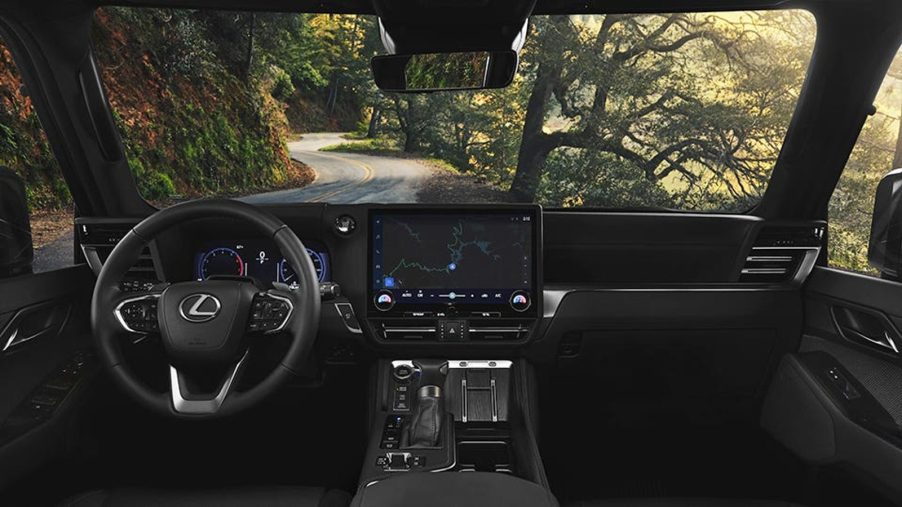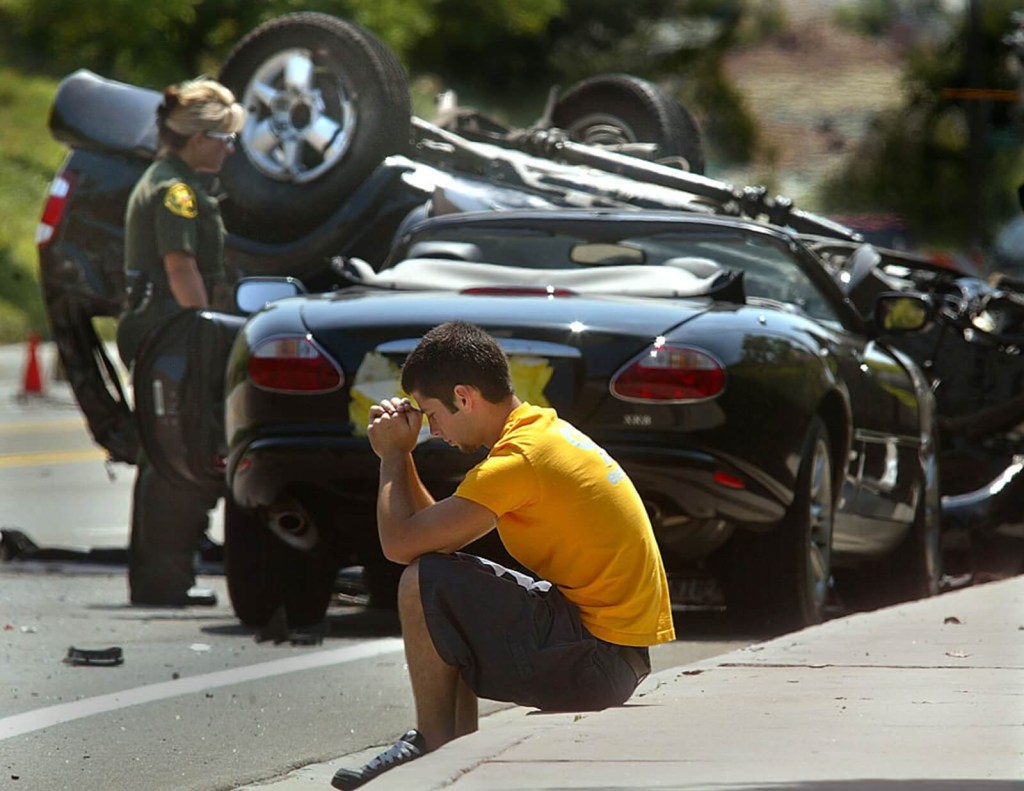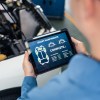
Safety Experts: Your Touch Screen Might Kill You, Buttons Won’t
You’ve already heard that texting and driving is dangerous. But experts are now claiming that overly complex infotainment systems are also a major cause of deadly distracted driving. Regulators and automakers are battling out which controls need to be physical and which can safely move to a cheaper touchscreen.
It seems each new study declares distracted driving more dangerous. The NHTSA now claims texting while driving is six times more deadly than drunk driving. Impaired driving slows your reaction time. But if your eyes are in your lap when someone pulls out in front of you, your reaction time is…infinite.
A recent study reviewing in-car footage from 905 crashes found that in 90% of the cases the driver they studied contributed, whether or not they were technically at fault. This study, published by the National Academy of Science, reported distracted driving is a rapidly growing risk. Even though cars get “safer” both driver fatalities and pedestrians deaths continue to rise.

Amidst these disturbing statistics, an increasing number of automakers are moving physical controls on to infotainment touch screens. This saves them money. Some are even envisioning future cars as “digital environments” for software. Theyt may be getting dollar signs in their eyes at the thought of subscription fees or ads.
European experts were among the first to research this trend. A European motoring magazine ran tests with a series of cars and found that even the latest touch screen systems can quadruple the time required to complete basic tasks. Worse, you must take your eyes off the road to sort through menus on your touch screen. Some automakers are trying out voice-activated systems. But honestly, none are up to snuff yet.
If you are one of the lucky drivers whose car still has physical controls, pay attention to how many thinks you can do without looking. You probably have memorized where controls such as your volume nob and defrost activation button are. You might be shocked how few times you glance down.

Experts are fighting this flow away from controls. The European New Car Assessment Program ranks new cars and awards them safety ratings out of five stars. It is a not a government board. But automakers such as Tesla, Volvo, VW, and BMW volunteer vehicles, then advertise their ratings. And the NACP has had it with touchscreen controls.
Beginning in 2026, only vehicles with physical controls for hazard warning lights, turn signals, windshield wipers, SOS calls, and the horn will be eligible for a five-star safety rating. Of course the controls can be buttons, dials, or stalks. But they can’t be on a touch screen. Let’s hope the USA implements similar rules soon.
“The overuse of touchscreens is an industry-wide problem, with almost every vehicle-maker moving key controls onto central touchscreens, obliging drivers to take their eyes off the road and raising the risk of distraction crashes.”
Matthew Avery, director of strategic development at Euro NCAP



